How The Army's New M10 Booker Light Tank Will Actually Be Used

It is sometime in the future and the U.S. is at war. The 82nd Airborne Division has been ordered to conduct a Joint Forcible Entry into enemy territory. After the paratroopers seize an airfield and secure its perimeter, the call goes out for the next stage of the operation, and combat-ready armor support commanded by the division is flown in.
The first armor rolling off the C-17 in this scenario will be the M10 Booker Combat Vehicle, an armor expert with deep knowledge of how it was developed tells The War Zone.
Armed with a 105mm main gun, the Bookers won’t have as much firepower as the M1 Abrams main battle tank with its 120mm gun. Nor will the Bookers have as much armor to protect them. But they will require much less fuel and a far smaller logistical tail, and they will still be able to deliver a badly needed punch that can destroy armor, bunkers, and fortifications.

Perhaps more importantly, they will get to the secured airfield and into battle “significantly faster than an Abrams,” said the expert, speaking on condition of anonymity.
At 41 tons, the Booker weighs about 40% less than the Abrams. Smaller in dimensions and having no heavy side skirt, two can be delivered by a single C-17 Globemaster III, roll out of its cargo bay, and be combat-ready for wherever needed far more rapidly than an Abrams, the expert said.
By contrast, only one 70-plus-ton Abrams can fit on a C-17.
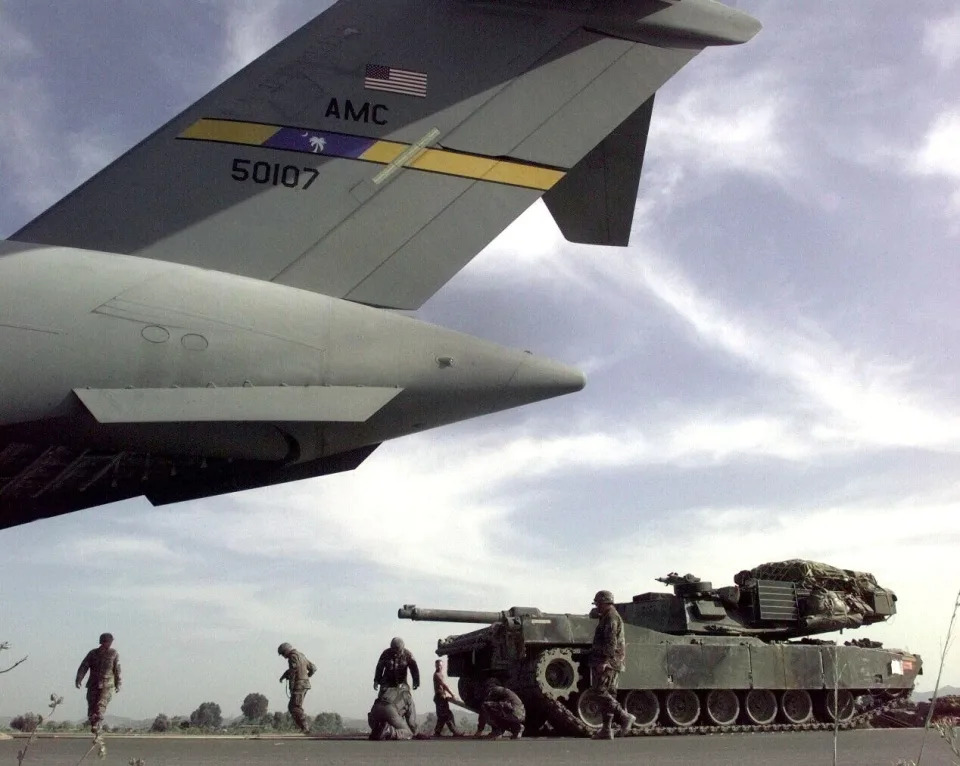
Before it even gets on the jet, crews have to take off the side skirt, which has to be reinstalled upon arrival. It’s a task that takes hours and requires heavy lift equipment like an M-88 Hercules fully-tracked, steel-armored recovery vehicle. That can be a logistical nightmare, especially at a newly established austere forward operating base, in and of itself given the Hercules’ size and weight, which equals that of an Abrams.
“By the time you get an Abrams shipped over, it’s going to take a critically substantial amount of time to make it combat-ready and a very high degree of risk would incur when you give the enemy more time,” the expert suggested. “The M10 Booker will enormously reduce risk, because it is part of the organization, meaning the Booker tank crews will also be on global response force status.”
That means the M10s “will be ready to fly out immediately and there will be dedicated airlift for it,” the expert posited. “The Abrams will take days to get ready” even before reaching the combat zone.
First, however, the M10 Booker has to be fielded at scale. That’s still a few years away.
What Booker Brings To The Fight
The Army’s first newly designed vehicle in four decades, the Booker is set to be delivered this spring to Fort Liberty in North Carolina. Personnel from the 82nd’s Mobile Protected Firepower (MPF) Test Detachment are awaiting orders, said the armor expert. The testing process will begin in the fall, Brig. Gen. Geoffrey Norman, who runs the Booker’s development program, told The War Zone.
Once fielded, it will give the Army a tracked armored vehicle with a 105mm M35 main gun in a derivative of the M1 Abrams main battle tank turret. It has a version of the fire control system used in the M1A2 System Enhanced Package Version 3 (SEPv3) variant. The Booker is additionally armed with a 7.62mm coaxial mounted machine gun and a .50 cal commander’s machine gun.

Booker will have a crew of four, one in the turret and three in the hull, “with a crew arrangement and turret systems similar to the M1 Abrams,” Norman said.
With an MTU 8v199 TE-22, 800 hp diesel engine and an Allison transmission, the Booker can travel at up to about 40 mph.
The Booker was designed with the option of having additional protection from a system used on other U.S. armored vehicles, explosive reactive armor (ERA) tiles which detonate upon impact from an incoming round, helping to keep the projectile from penetrating the armor.
“The M10 can be equipped with ERA if the tactical situation dictates,” Norman, director of the Army’s Next Generation Combat Vehicle Cross Functional Team, explained.
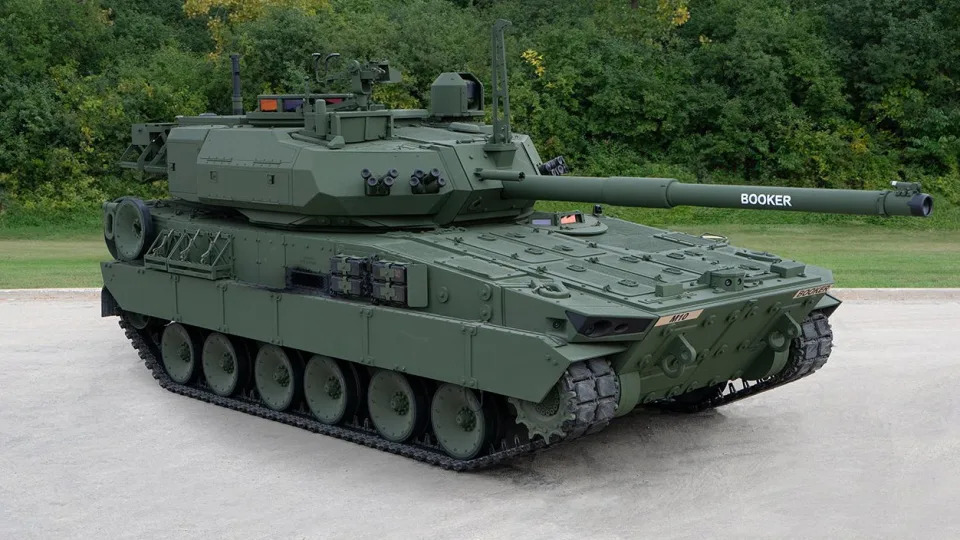
Initially, however, Bookers will not have a Modular Active Protection System (MAPS), he added. That system, designed to be adaptable to future threats, helps guard against anti-tank guided missiles and infantry anti-tank rockets by combining radar with launchers that shoot out blasts of metal pellets, intercepting the incoming round.
“The initial M10 Booker design is complete and vehicles are in low-rate initial production now,” Norman told us. “The M10 does not include an integrated Active Protection System. The Army is consistently evaluating best-of-breed APS from domestic and foreign sources and may elect to equip M10’s with one of those systems in the future but that is not currently programmed.”
In addition to not having APS, the M10 will not have anti-tank guided missiles or drone capabilities, at least at first. Given the importance of those two features, that could change as the Army learns more about what Booker can do and how it will be used.
The Army will soon begin to match the vehicle with the troops to determine how it performs and how to best use it, according to Norman.
Initial Operational Testing & Evaluation [OT&E] will conclude in early Fiscal Year 2025, Norman said. “The analysis from this test will be used to validate the M10’s design and lay the groundwork for any potential future systems upgrades.”
Lessons learned from that testing might change the way the Army fights, Norman has said in the past.
“This is about transforming our mounted formations,” Norman posited during the AUSA conference in October. “This is about fighting differently, it's about organizing differently. And because of that, we'll likely need to train differently. So foundational to everything we are doing is the notion or the principle that what got us here may not necessarily be what gets us to the future.”
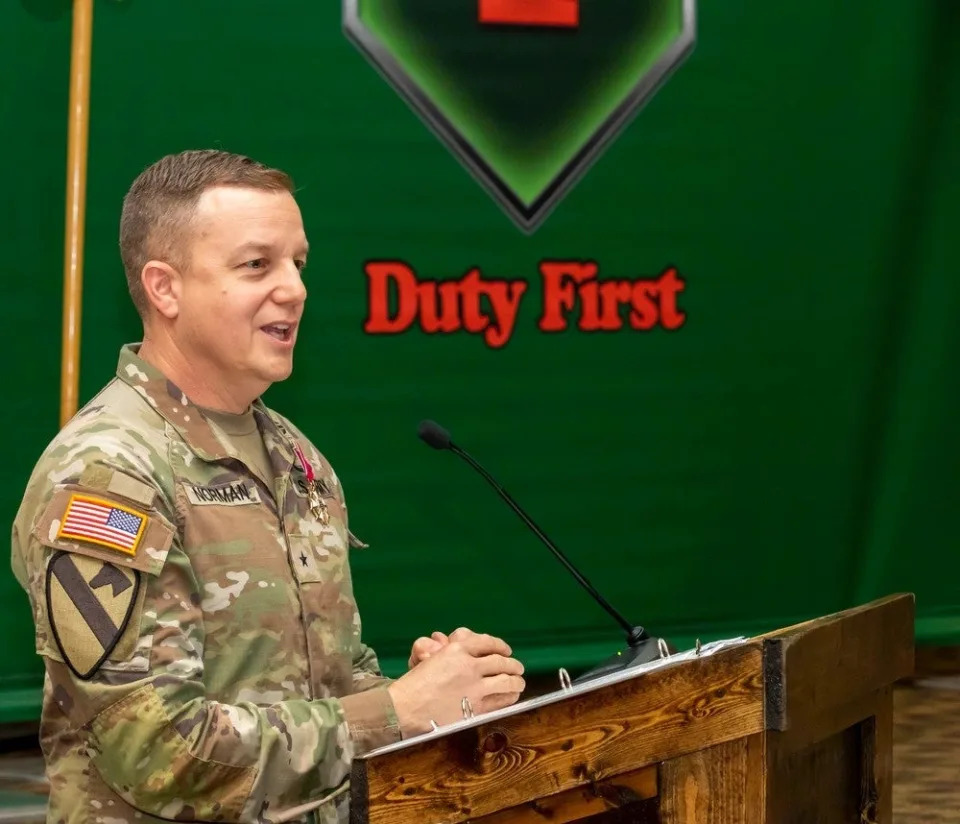
The M10 is expected to achieve first-unit-equipped status with the 82nd in late summer of 2026, Norman forecasted.
Other light divisions will begin to receive them at around that same time, the armor expert said. Under current plans, the 101st Airborne division will begin receiving Bookers by the second quarter of Fiscal Year 2027, the expert told us. A few months later, an as-of-yet-to-be-determined National Guard unit will begin to receive them.
Still, the bulk of the 504 Bookers the Army is currently seeking won’t arrive until much later, according to the Congressional Research Service (CRS).
The Army is planning to have four Booker battalions fielded by 2030, with most of the planned acquisition scheduled to be completed by 2035, according to CRS. With a projected price tag of about $13 million a piece, the total package would be about $6.5 billion.
The total life-cycle cost of the program, including sustainment, military construction and personnel, is estimated at $17 billion, Defense News reported.
Return Of The Light Tank
The product of the Army’s Mobile Protective Firepower (MPF) program to develop a light tank, the service announced it was officially designating the MPF as the M10 Booker infantry assault vehicle on June 14, 2023.
The Booker Combat Vehicle was “named for two American heroes,” said Norman. “From World War II — Pvt. Robert D. Booker, infantry, awarded the Medal of Honor for actions near Tobruk, Tunisia in April 1943. From Operation Iraqi Freedom — Staff Sgt. Stevon A. Booker, Armor, awarded the Distinguished Service Cross for actions near Baghdad, Iraq.”
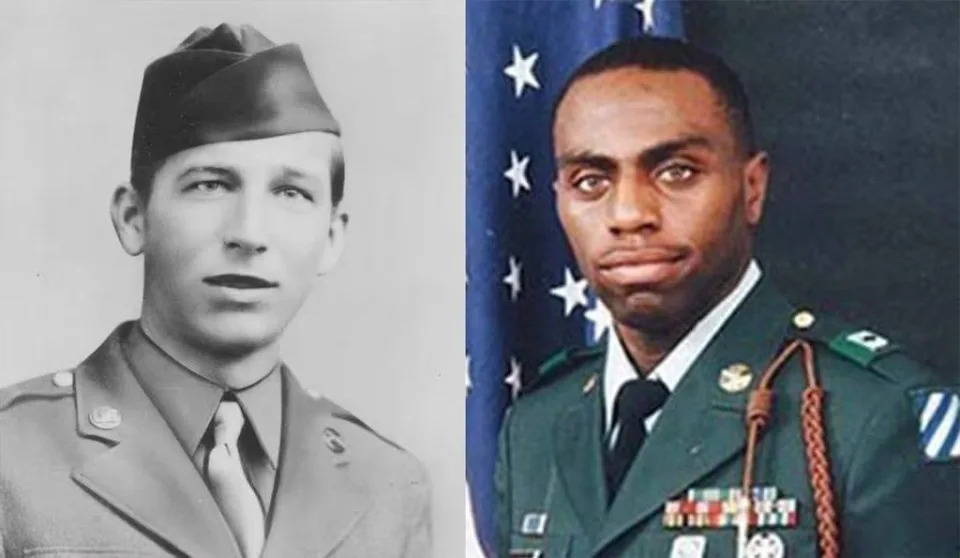
“The Army deliberately selected an infantry soldier and an armor soldier to honor when naming the M10 Combat Vehicle,” said Norman. “The M10 marries the firepower of armor with the agility of infantry to give our soldiers and our commanders a new capability to employ to fight and win our future battles. The M10 Booker Combat Vehicle brings new lethality, protection, and mobility to the Army’s infantry forces.”
Ever since the Army retired the Vietnam-era M551A1 Sheridan light tank in 1997, the service has lacked a comparatively light, mobile, heavily armored fire platform with a large cannon that could be assigned to the infantry.
During the two decades of largely counter-insurgency operations in Afghanistan and Iraq, there was little need for a vehicle that could bridge the gap between the Abrams and armored vehicles like the Bradley Fighting Vehicle or the Stryker Armored Vehicle. A mobile gun system Stryker variant had a 105mm gun, but the Army divested that in 2021 because of problems with its dated cannon and autoloader. That platform was also far less protected than the Booker and its wheels meant it could not get to the same places as easily as the M10 can.
At present, Infantry Brigade Combat Teams (IBCTs) just have light tactical vehicles – Humvees that are now in the process of being replaced by Joint Light Tactical Vehicles (JLTV) – armed with .50 caliber M2 machine guns, 40mm Mk 19 automatic grenade launchers, and TOW anti-tank missiles, for organic mobile fire support.
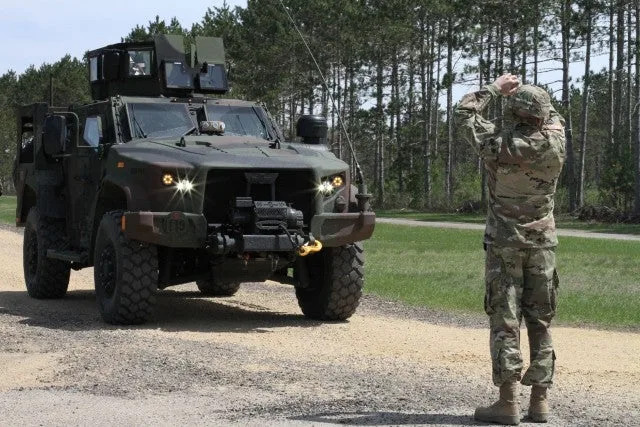
With the advent of increasing competition from China and Russia, however, the Army began to seek out a replacement for the Sheridan in the middle of the last decade.
“Sending the 82nd Airborne Division early in this new threat environment requires it to once again have a mobile gun system (MGS) to enable their defense and offense while waiting for the Armor Brigade Combat Teams (ABCT) to arrive,” said the armor expert.
The need for this kind of armored vehicle became even more apparent after the Russians invaded eastern Ukraine and illegally annexed Crimea in 2014. That was a wake-up call to improve the U.S.'s ability to combat conventional opponents equipped with heavy armor.
In 2015, the Army began the MPF program to develop such a vehicle.
The goal was the production of a vehicle that could destroy bunkers and other fortifications, attack enemy forces sheltering in buildings, and defeat various enemy armored vehicles, the armor expert said. It had to be protected from threats ranging from heavy machine guns to shrapnel airburst artillery rounds to underbelly mines and improvised explosive devices (IEDs). As we previously mentioned, it also had to be lightweight enough to fit inside a Globemaster. You can read more about those planes in our story here.
After a down-selection process, the Army on Dec. 17, 2018 awarded Section 804 Middle Tier Acquisition (MTA) Rapid Prototyping contracts to BAE Systems and General Dynamics Land Systems (GDLS). They were worth more than $375 million and $335 million respectively.
GDLS’s entry was based on the company's Griffin II with a turret derived from the one on the M1 Abrams tank. BAE Systems' entry was based on the M8 Buford Armored Gun System (AGS) light tank, which was developed for the Army in the 1980s under a separate program that was ultimately canceled in 1996.
We spoke with an active duty Army master gunner familiar with the MPF development process who expressed concerns about the GDLS version and said there was much to like about the BAE Systems’ entry.
It was lighter than the GDLS version, weighing in at less than 20 tons in its lightest configuration. Equipped with an autoloader, it had a smaller crew - three compared to the GDLS’s model. Most impressive, however, was the ease of repair, the soldier told us.
“The engine access was a lot better” in the BAE Systems’ vehicle, he said. “It was more conducive to a light unit.”
“You could just slide the motor out and work on it, which is important for light infantry in an austere environment,” the soldier told us. “It didn’t need the requisition of overhead lifts to work on it if something catastrophically breaks.”

By contrast, the Booker requires a vehicle like an 8x8 Heavy Expanded Mobility Tactical Truck (HEMTT) equipped with a crane to lift the motor out if that level of repair work is needed, the armor expert explained to us.

“MPF represents a new capability for the Army, allowing our light maneuver forces to overmatch adversaries,” said Maj. Gen. Ross Coffman, director of the Next Generation Combat Vehicles Cross Functional Team said of the evaluation process. “Through multiple soldier touchpoints, our soldiers have operated the prototypes and provided crucial feedback to the design team, ensuring our forces will have the asset they need on the future battlefield.”
Days after the rapid prototype testing program wrapped up, in June 2022 GDLS was awarded a contract worth up to $1.14 billion, covering an initial low-rate production (ILRP) order of 96 vehicles.

The Army went with GDLS, in no small measure because of the commonality in parts it has with the Abrams, said the master gunner. Additionally, BAE Systems “experienced some prototype production delays due to the coronavirus pandemic, and it delivered systems for the soldier evaluation months later than GDLS,” Defense News reported.
“The MPF demonstrated satisfactory progress toward achieving operational effectiveness, reliability, and availability to support infantry brigade operations,” the Defense Department’s Director of Operational Test and Evaluation (DOT&E) noted in its January 2023 analysis. “The MPF shares many fire control components with the Abrams tank. The similarity in turrets will allow MPF crews to train on existing Abrams simulators, and reduces the vehicle-specific training that maintainers will need to support the MPF.”
However, as is normal with a weapons development process, there were problems and vulnerabilities uncovered that the Army was working to correct at the time, according to the report.
“Developmental testing found that the MPF had high levels of toxic fumes when firing the main gun, requiring modifications to crew procedures during gunnery to mitigate the build-up of fumes in the turret.”
Additionally, “live fire testing using operationally realistic threats revealed vulnerabilities,” according to the report. However, the details are classified.
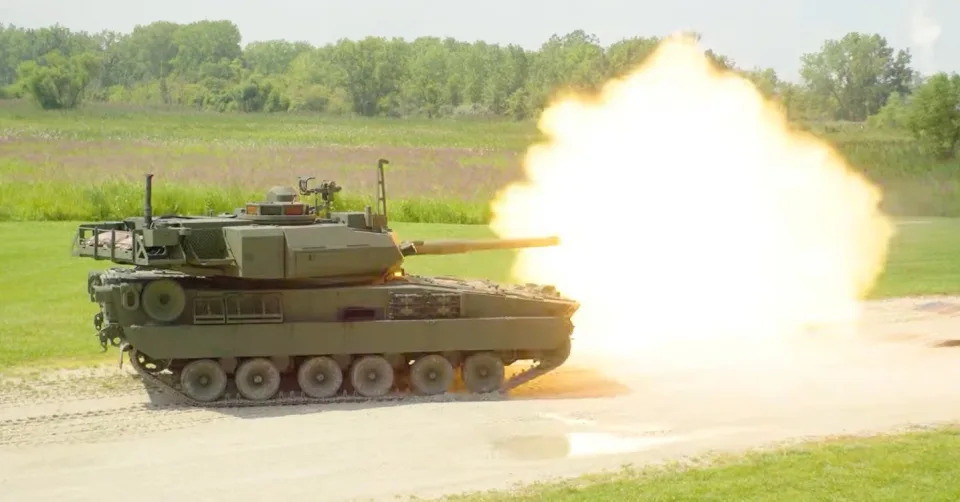
The report recommended four fixes, which were ultimately achieved:
-
Continue implementing system design fixes to reduce the high levels of toxic fumes when firing the main gun.
-
Continue improving the vehicle’s cooling system to reduce preventive maintenance checks and service time required.
-
Continue addressing the survivability recommendations highlighted in the classified annex found in the DOT&E Operational Assessment Report published in April 2022.
-
Improve Real-Time Casualty Assessment capabilities to replicate target effects against non-vehicle targets such as bunkers and walls to improve combat realism and training value.
GDLS was awarded a subsequent $256.6 million contract modification for the second ILRP phase purchase of 26 Bookers in July 2023.
An Infantry Asset
When they do arrive, the Bookers will be a divisional asset, the armor expert tells us. Selected "light" divisions, a category that includes infantry divisions and the 82nd and 101st Airborne Divisions, will have a battalion divided into three companies of four platoons. Each platoon will have four Bookers. In addition, the company commander and executive officer will each get one.
The Army currently uses Brigade Combat Teams (BCT) as its main combined arms formations, with three typically assigned to each division. The service currently has three main types of BCTs - IBCTs, ABCTs, and Stryker Brigade Combat Teams (SBCTs) - with between 3,900 and 4,100 soldiers depending on their configuration.
Divisional headquarters will allocate the combat vehicles down to IBCTs “based on the threat and mission,” he said. “It can be as small as only a platoon or the entire battalion.”
Unlike the Abrams, which belong to ABCTs, the Bookers will be organic to the infantry. That will be a huge advantage, the expert said.
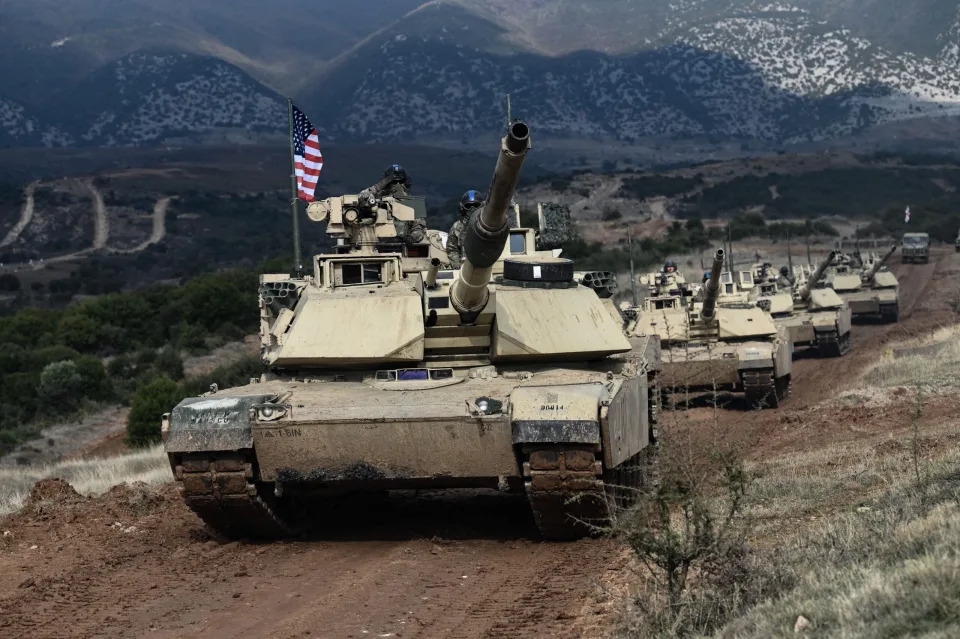
The infantry “will have an asset that directly works for them,” he noted, adding that it will result in a quicker response to combat situations and better integration.
Because the Booker crews will train with the infantry, “they can maximize each other's capabilities as well as mitigate each other's weaknesses.” Conversely, “an M1 Abrams tank will show up at the last minute to a light infantry company and they have no experience working with each other.”
“Having effectively trained with light infantry units to fight combined arms, it will get to infantry battalions and integrate with them much quicker.”
While the Army has made it a point not to call the Booker a light tank, the armor expert disagrees.
“Our side of the house, on the armor side, considers it a tank,” he said. “It has tracks, It has a traversing turret. A gun that can elevate and compress. It has optics and a 105mm main gun.”
Taiwan, Ukraine And Gaza
While it will be years before Booker is tested in combat, there are some real-world scenarios, either occurring or projected, that offer some lessons for how it could be employed.
“The Army is continuously studying combat operations around the world,” said Norman. “Current operations confirm the need for combined-arms forces consisting of infantry and armor, enabled by indirect fires, engineers, sustainment and enabler forces. The M10 provides the light armor capability to operate in conjunction with light infantry forces as integrated, combined-arms teams.”
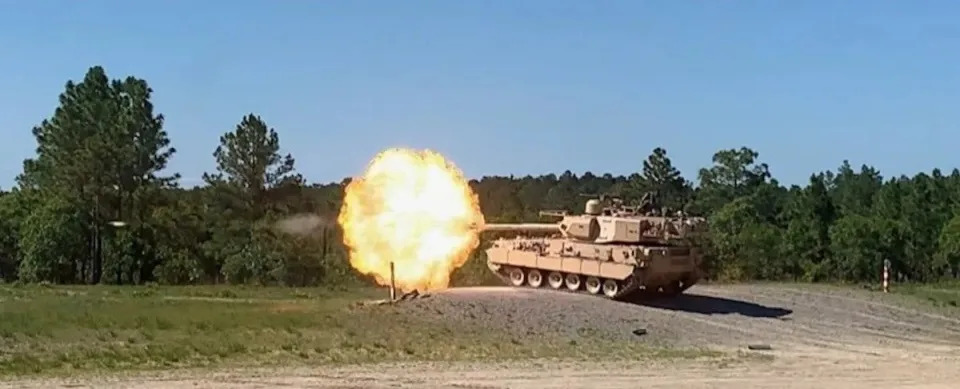
The Booker would prove a valuable platform in a Taiwan ground fight, the armor expert explained to us. About two-thirds of the island is mostly rugged mountains. It features flat to rolling plains in the densely populated west, which faces mainland China. The M10’s smaller size compared to an Abrams would allow it to better maneuver through the tight, restricted urban areas where much of the fighting would take place. It would be able to pass over bridges an Abrams might not be able to cross due to weight concerns and operate, as previously mentioned, with a much lighter logistical footprint.
Its 105mm main gun, he added, “is powerful enough to handle most Chinese equipment.”
The vehicle would also theoretically be helpful to Ukraine, particularly in urban areas like those in and around Avdiivka and Bakhmut in Donetsk Oblast. A lot of fighting there takes place in rubbled settings like the remains of the Avdiivka coke plant.
“I can see the Booker being used in conjunction with Ukrainian infantry as they're moving in restricted terrain,” said the expert.
Still, in both the Taiwan and Ukraine scenarios, as well as Israel’s tough urban fight in Gaza, the lighter-protected Booker will be more vulnerable than Abrams or the Israeli Defense Forces' (IDF) Merkava tanks. The various types of rocket-propelled grenades Hamas is using against Israeli vehicles have highlighted that threat, and the expert we’ve talked to said having the Bookers equipped with ERA and MAPS is essential in any urban fight.
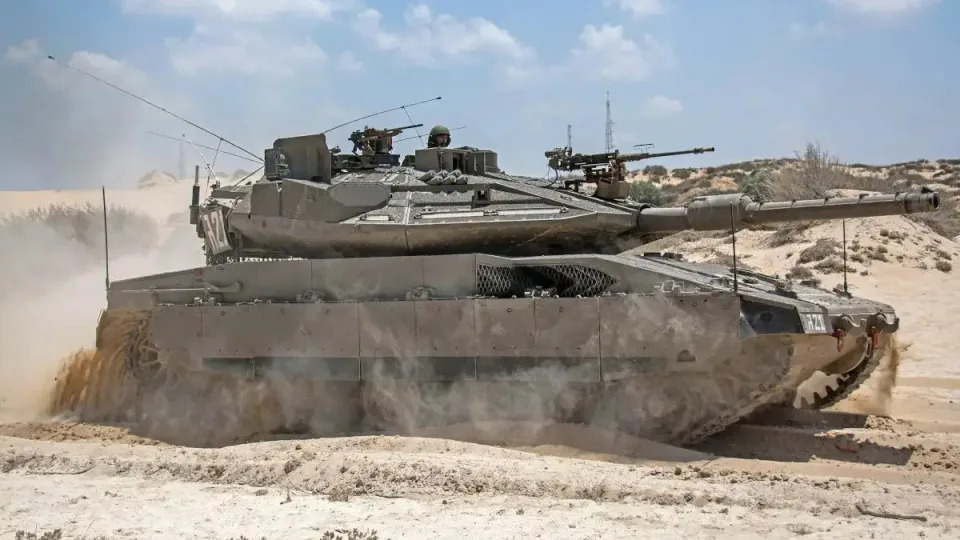
The more open terrain found in Ukraine, like in the Robotyne-Verbove salient of Zaporizhzhia Oblast, or even in farmland outside of Avdiivka’s urban areas, would be even more difficult for the Booker, he said.
“The infantry would have to move up first and assess the situation and call in the Booker or place it in an area where they have an increased level of survivability when engaging targets that the infantry wants destroyed.”
Those situations are proving a difficult challenge to both Ukrainian and Russian tanks and other armor, which are unable to mass without drones either spotting them and correcting artillery fire or directly attacking. For Ukraine, there is the added challenge of having to breach the massive layers of dense minefields built up by Russia.
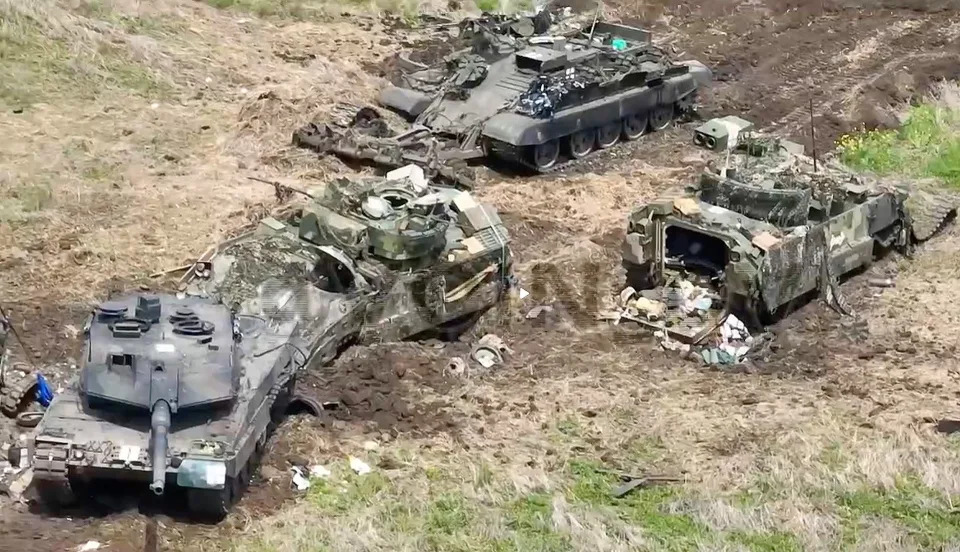
The M10 would be able to stay on the battlefield longer “because it doesn’t consume as much fuel,” said the expert. However, “if it starts acting like an M1 Abrams and the force that has the M10 Booker considers it more of a tank in the traditional sense, then we might see issues with it because of its level of protection. It is there to provide fire support and mobility for the infantry.”
So while the Booker may fill an Army need, thinking of it as just a smaller M1 is not the right mindset.
“The M10 Booker Combat Vehicle provides infantry forces organic, highly mobile, well protected, and large-caliber precise direct-fire capabilities,” Norman said. “M10’s will enable our light infantry forces to attack and maintain momentum in the face of enemy heavy machine guns, prepared positions and field fortifications, and light armored vehicles. In the defense, the M10 provides light infantry forces protected, direct-fire large caliber capabilities to defeat attacking enemy forces.”
“In all cases,” he added, “M10-equipped quick reaction forces can respond to situations requiring highly protected, fast-moving tracked mobility, employing large-caliber cannons to support U.S. and partnered forces.”
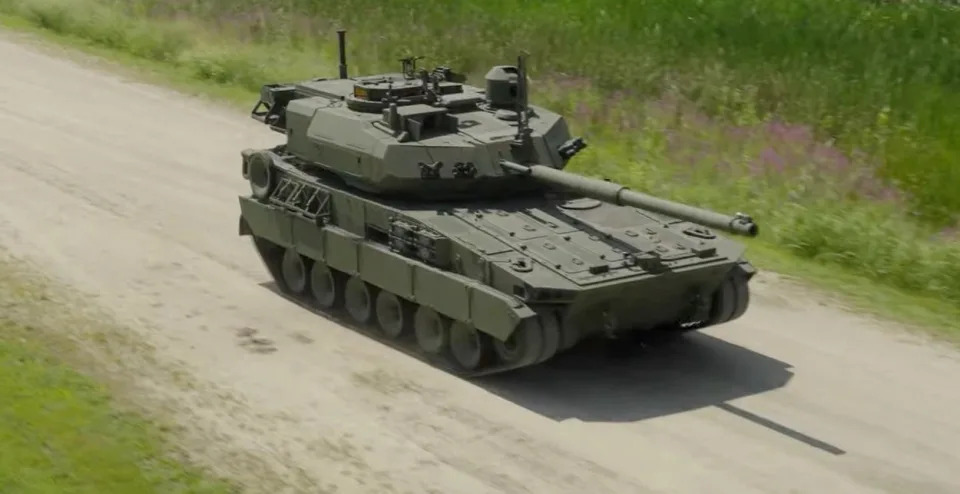
The Army has already developed the basic doctrine for how the Booker will be employed, however, the track won’t really begin to meet the dirt on that until later this year when the first cadre of soldiers at Fort Liberty begins training on them. The Operational Test and Evaluation phase that concludes late this year or early next year will further refine the Army’s understanding of its newest combat vehicle.
Those experiences will shape the future use of the vehicle, which will be in full force in the 2030s.
Given the eroding security situations around the globe, with Russia directly threatening Europe, China’s extra-territorial ambitions, North Korea’s missile capabilities advancing while its rhetoric becomes increasingly bellicose, and the Middle East once again deep in crisis, it remains to be seen whether Booker will be the right vehicle for the next big fight. But the Army clearly thinks it is needed — although just how much the current thinking about how it will be used will morph over time will certainly be fascinating to watch.
- Questions and Answers
- Opinion
- Story/Motivational/Inspiring
- Technology
- Art
- Causes
- Crafts
- Dance
- Drinks
- Film/Movie
- Fitness
- Food
- Jocuri
- Gardening
- Health
- Home
- Literature
- Music
- Networking
- Alte
- Party
- Religion
- Shopping
- Sports
- Theater
- Wellness
- News
- Culture
- War machines and policy

